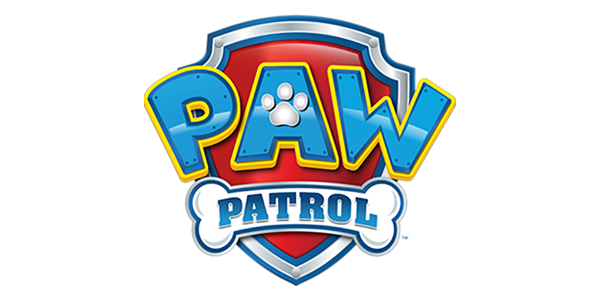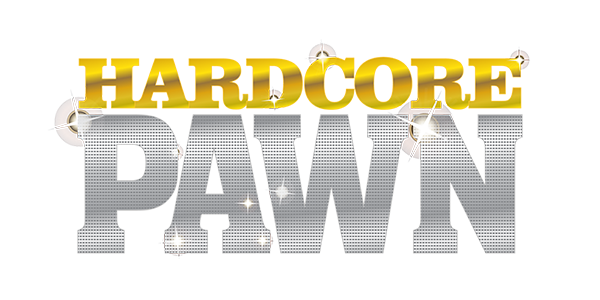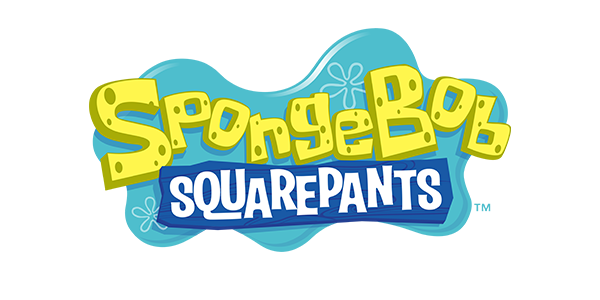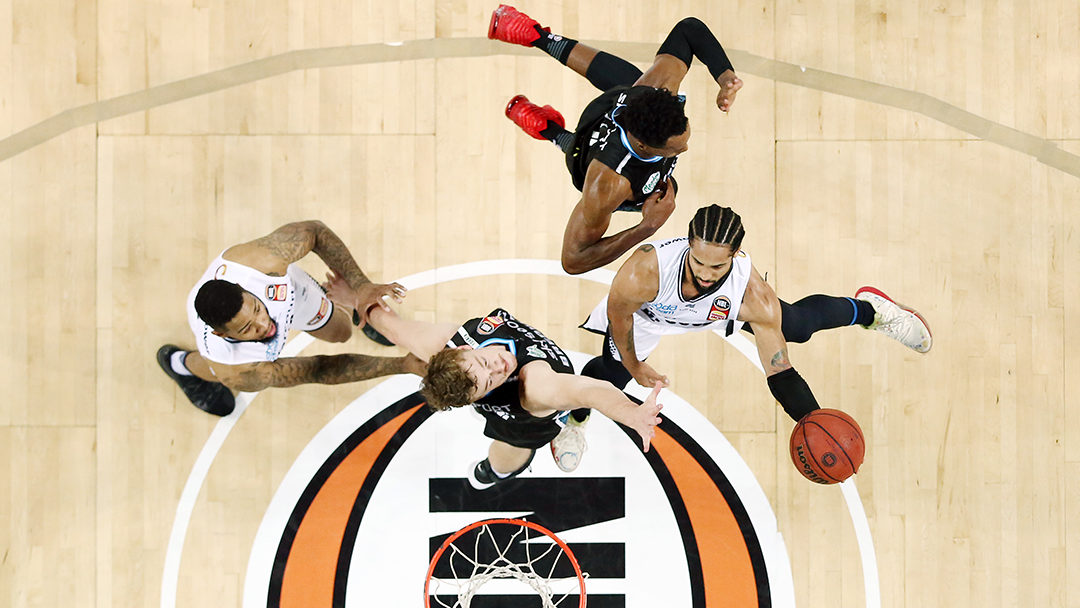A:
Airball: When a goal is shot but the ball misses the hoop and the backboard completely.
Alternating Possession rule: A game rule that ensures the teams take turns possessing the ball after stopped plays.
Assist: A pass to a teammate that sets up a goal.
And-one: A free throw that is awarded to a shooter after they are fouled while scoring.
B:
Backboard: The surface that the hoop is mounted to.
Backcourt: Area of the court that is furthest away from the offensive team’s goal.
Ball Hog: A player who continues to hold onto the ball and not pass it to their teammates.
Ball Fake: A movement made by the player with the ball intended to trick the defender to move one way so that they can pass the ball in another direction unobstructed.
Ball reversal: When the ball is passed from one side of the court to the other.
Ball Side: The half of the court where the ball is currently in play.
Bank Shot: A shot that hits the backboard before going into the hoop.
Baseline: The line that marks the boundary of the court at either end (aka end line).
Basket: The goal (aka the net, or hoop).
C:
Carrying: A violation of the rules which occurs when a player holds the ball in their hand momentarily while dribbling and then continues to dribble (a.k.a. palming).
Center: A player position in the game of basketball. A center is generally the tallest player and is mainly responsible for scoring, rebounding and defense near the goal.
Charge: A foul which occurs when a player runs into a stationary defender.
Cherry Picking: A gameplay strategy where one player decides not to play defense and instead remains near the opponent’s goal to make it easier to receive the ball for their team.
Chest Pass: A pass where a player passes the ball from their chest with both hands to another players chest.
Circus Shot: A shot that is taken while the shooter is off balance or out of control, these shots are rarely successful.
Crossover: When a player dribbles the ball from one hand to the other hand and changes direction.
D:
Dead-ball Rebound: When the ball is rebounded but is not counted in the team's total rebounds.
Dribble: To continuously bounce a ball with one hand. Dribbling is used in basketball to take steps while in possession of the ball.
Dunk: A score that is made by putting the ball straight into the net with one or both hands (a.k.a. slam dunk)
E:
Elbow: Illegal contact where a player strikes another player with their elbow.
F:
Fake: A move made by an offending player in order to confuse the defense.
Fast Break: When a player rushes down the court to beat the opponent to the goal.
Field Goal: A shot that is made from anywhere on the court.
Fishhook Cut: When a player quickly changes direction.
Forwards: A player position in the game of basketball. Forwards are positioned along the free-throw lane.
Flagrant Foul: A foul that is committed when there is excessive or aggressive contact between opponents.
Floor: The area of the court.
Foul: An illegal play.
Foul Line: The line from which free-throws are shot.
Free-throw: A shot that is awarded to a player when their opponent commits a foul.
Free-throw circle: A circular area of the court with a 1.8m radius designated for free-throws.
Free-throw lane: The area of the court that is designated for free-throws.
G:
Goal-tending: A violation that is committed by intercepting a shot that is either in the basket or about to enter it.
Guard: To closely watch a chosen opponent in hopes of preventing that player from receiving the ball or making a pass or shot.
H:
Hand Check: When a defender uses their hand on the ball-handler with the intent of impeding their movement.
Held Ball: When two players gain possession of the ball at the same time.
Help Side: The half of the court that the ball is not on (a.k.a. weak side)
Holding: When a player uses their hands to hinder an opponent’s movement.
Hook Shot: A shot that is made with a single hand swinging over the head or shoulders into the basket.
I:
Incidental Contact: Normal contact between the players that is legal.
Inside Cut: When an offensive player passes the ball to their teammate then rushes towards the goal to receive the ball back immediately.
Inside Shot: A shot that is made from in front of or beside the basket.
Intentional Foul: When a defending player commits a foul in order to stop the clock.
J:
Jump Ball: The ball is tossed into the air by the referee between one player from each team to start the game.
Jump Shot: A shot that is taken from overhead while jumping.
Jump Stop: When a player jumps off one foot and lands on both feet to stop moving.
K:
Key: The area of the court that consists of the free-throw lane and the free-throw circle
L:
Lay-in: A shot made from close-range using one hand to tip the ball over the rim into the goal.
Lay Up: When a player moves close to the basket and uses one hand to bank a shot off the backboard and into the goal.
Live Ball: Refers to the ball in play.
Ledgie: When the ball becomes stuck on the ledge between the goal and the backboard (a.k.a. Wedgie).
Low Post: The area of the court that is close to the goal.
M:
Man-to-man Defense: A defense where opponents guard each other one-on-one.
Mid-court Line: The line in the center of the court, diving the court into two halves- front and back.
N:
Net: The mesh that hangs from the goal rim.
NBL: National Basketball League- the pre-eminent professional men’s basketball league in Australia and New Zealand.
O:
Offense: The team with possession of the ball.
Offensive Rebound: A rebound taken by a player on the offensive team.
Open: A defending player is said to be ‘open’ when they are unguarded.
Out-of-bounds: When a player or a ball goes outside of the court's boundaries.
Overhead Pass: A two-handed pass that is thrown from overhead.
Overtime: Extra time that is given when a regulation game is tied.
P:
Palming: Another term for ‘carrying’.
Pass: When a player throws or bounces the ball to another player.
Personal Foul: Contact towards a player in a way that might injure them.
Possession: When a player or team has the ball.
Post: The area on either side of the free-throw lane.
Power Forward: A strong player who is strategically positioned close to the goal.
Pocket Pass: A pass that is made through a narrow gap in the defense.
Pivot: When a player picks up one foot to spin on the other.
Q:
Quadruple Double: When a player earns double-digit figures in four out of five offensive categories during one game.
R:
Rebound: When a player gains possession of the ball after a missed shot.
Rim: The circular edge of the goal.
Rimshot: A toss that hits the basket rim.
Restricted Area: Another term for the free-throw lane.
Rejected: When a players shot is blocked.
Reverse Pivot: When a player turns on the pivot foot to take a step back.
S:
Screen: A strategy used where a teammate will stand in the defender’s way to allow an offensive player to remain unguarded and take a shot.
Shot: To throw the ball toward the basket in attempt to make a goal.
Shooter: The player who takes a shot.
Set Shot: When a player takes a shot without jumping.
Sidelines: The lines on either side of the court that define the boundary.
Steal: When a defending player gains possession of the ball from the opposition.
Starting Lineup: The five players who start the game.
Strong Side: The side of the court where the ball is in play.
T:
Timeout: When an official suspends the game temporarily due to an injury.
Tip Off: A jump that commences the game.
Transition: When a team switches from defense to offense or vice versa.
Three Point Field Goal: A shot that is taken from behind the three-point line with both feet on the ground. If the shot is successful it is awarded three points. A.k.a. three-pointer.
Three Point Line: A line on the court that is shaped in an arc around the goal.
Three Second Violation: A violation that is committed when an offensive player is in the free-throw lane for longer than three seconds.
Travel: To move with the ball illegally.
U:
Up and Down: A travelling violation that happens when a player jumps with the ball and does not pass it before landing.
Underhand Lay-up Shot: When a player shoots the ball from overhead with the palm underneath the ball facing up towards the goal.
Up-court: To move up-court, is to move towards the team’s offensive goal.
V:
V-cut: To switch from one direction to the other quickly in order to make a shot.
Violation: To break a rule of the game, other than a foul like traveling.
W:
Walking: The same as traveling- moving illegally with the ball.
Weak Side: The side of the court where the ball is not currently in play.
Wedgie: If the basketball gets stuck between the rim of the basket and the backboard it is refered to as a wedgie (a.k.a. Ledgie).
Z:
Zone Defense: A defensive strategy where a defender carefully guards a specific area of the court.




























